Pride without Prejudice
History not forgotten. Tradition paid due respect. Culture embraced in all its diversity.
Proud of its heritage, Malaysia’s largest state – Sarawak – holds its own, telling its stories in a brilliant narrative woven through the Rainforest Fringe Festival (RFF) 2017.
The inaugural 10-day festival, a prelude to the renowned 20-year-old Rainforest World Music Festival (RWMF), was more than a showcase of art, craft and music, of food, fashion, film and photography. Instead, RFF celebrated passion in all its glorious forms. Preserving the past in a contemporary chronicle of a collective heritage.
The Fringe Festival’s highlight was the Fashion Gala, Sarawak: Theatre of Clothes. A true extravaganza to behold, as local and international designers sent their creations down the catwalk, holding the audience in awe. All the elements came together in a fusion of thought-provoking creativity, from Pua Kumbu shawls to recycled bark pieces to show-stopping headgear and native designs going hip hop. From the acclaimed Dato’ Tom Abang Saufi and Edric Ong to Neng Kho Razali and Singaporean brand Ong Shunmugam, the clothes carried with them the tales of centuries-old tradition.
To the audience’s quiet delight, unexpectedly tattooed ‘real people’ took to the runway, showcasing their inked bodies. “Telling stories of who they are, proudly proclaiming it in their skins,” said Festival Director Joe Sidek. Then out came three elderly Bidayuh ladies dressed in traditional finery, gold rings adorning their calves and arms. These last surviving ‘ring’ ladies danced their way down the runway to the thundering applause of the invited guests.
The following night, with the air well chilled after the rains, crowds began to gather at central Kuching’s open-air Amphitheatre for Sadek Kamek: Music of Sarawak. It featured the state’s best-loved artists, both contemporary and traditional, such as Alena Murang, Nading Rhapsody, Noh Salleh, Dayang Nurfaizah and At Adau. The star of the night was the sape, a traditional lute of the Orang Ulu or ‘upriver people’, carved from a single bole of wood. Its haunting, melodic music filled the air under a full moon.
Equally popular at the Festival, which runs until 16 July, were the Craft + Vintage Market exhibitions, talks and showcases, all held at the 1874 Old Court House, Sarawak Tourism Complex. In linking what locals feel for their own culture, the Festival put together a plethora of content connecting Sarawak’s history, nature, people and food. From jungle-produce-inspired dinners and flavoured tapioca snacks to hand-woven baskets and silver jewellery, there was, as they say, something for everyone.
The concerted effort to preserve Sarawak’s culture and tradition was prevalent throughout the Festival. The Textile Tales of Pua Kumbu took visitors on a sacred journey through a polysensory intermedia journey. Silk ikat exhibits made by Rumah Garie’s women weavers, using natural materials, were displayed alongside. One of the women, master weaver Nancy Ngali, skilfully wove on the verandah. The age-old ‘ceremonial blanket’ tradition repurposed to meet modern-day demands through gorgeous shawls, modern techniques and digital story-telling.
Talks on two seminal British naturalists, Alfred Russell Wallace and Charles Hose, shed light on their work in carefully noting and writing about nature’s curiosities, recording the state’s colourful history. Sarawakian KF Wong’s photographs captured people and their lives in the deep interior that he began recording in 1930. The black-and-white images reflected a perhaps long-lost communal, contented and harmonious life in the longhouses.
Photographer Jimmy Nelson, a vital visual recorder of remote tribal and indigenous communities, remarked in a screening of a recent talk that he spends time getting the real story. “It’s not the actual picture, perfect as it may be, but the process of getting it.” His exhibition, Before They Pass Away, is a visual treasury of framed lives in a single shot that tells the viewer everything about them: their hopes, dreams and desires. Instead of the camera, he declares, he uses his eyes.
To see culture coming alive, unfettered by politics, religion or race, was the true gift of the Festival. It captured dignity. Scheduled to return next year, the Rainforest Fringe Festival should continue to take people – and their pride – to the next level.
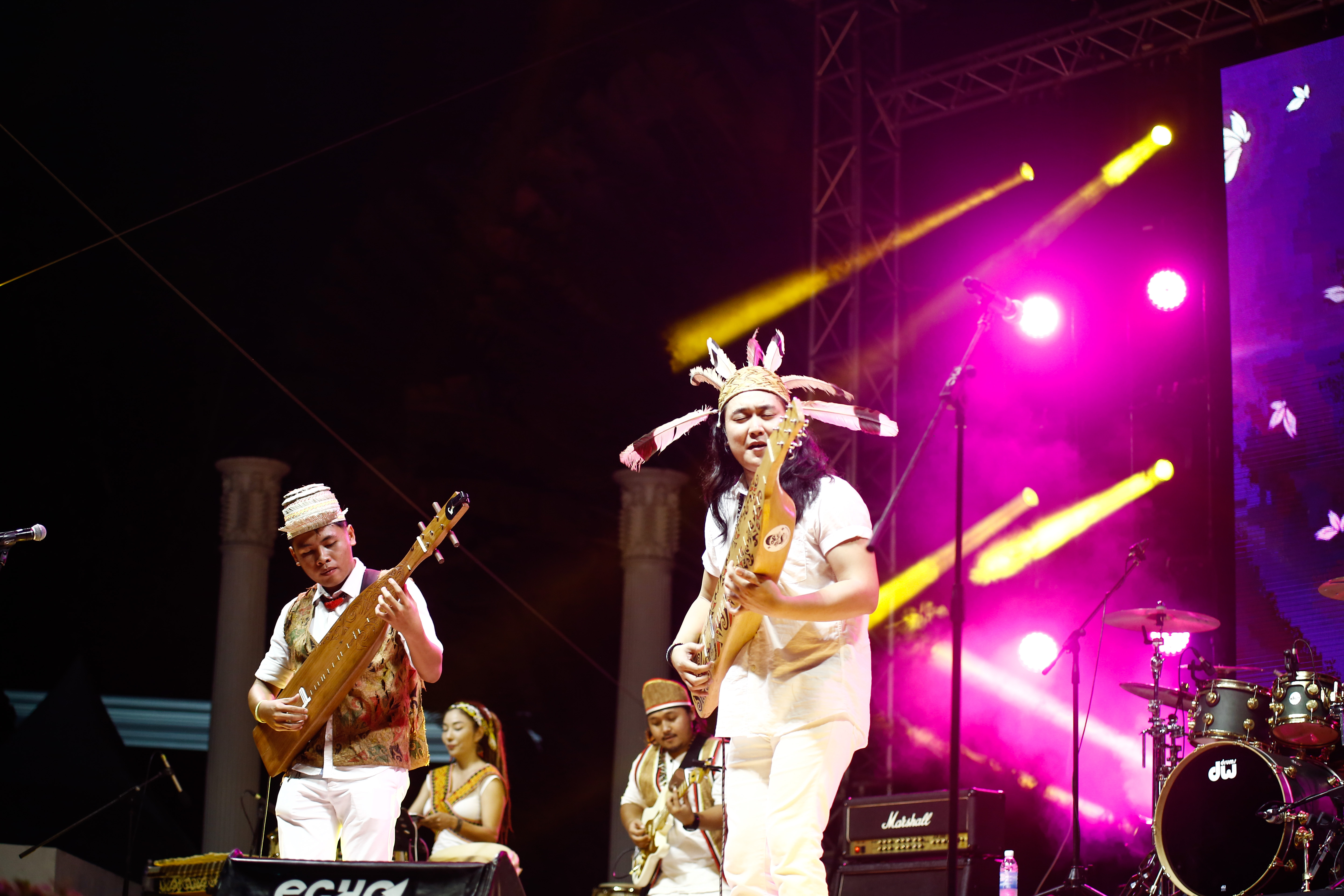

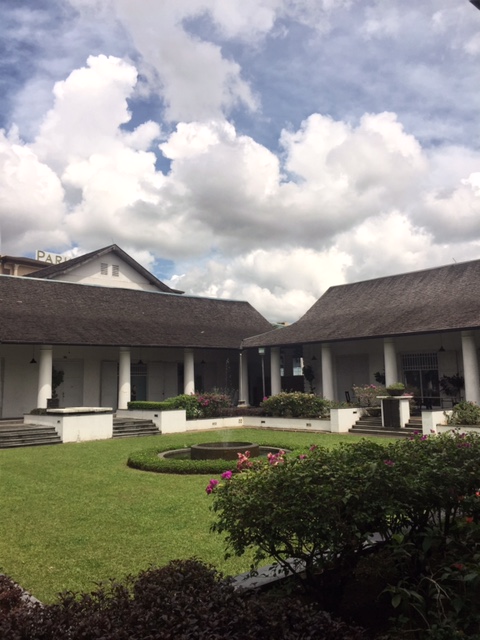
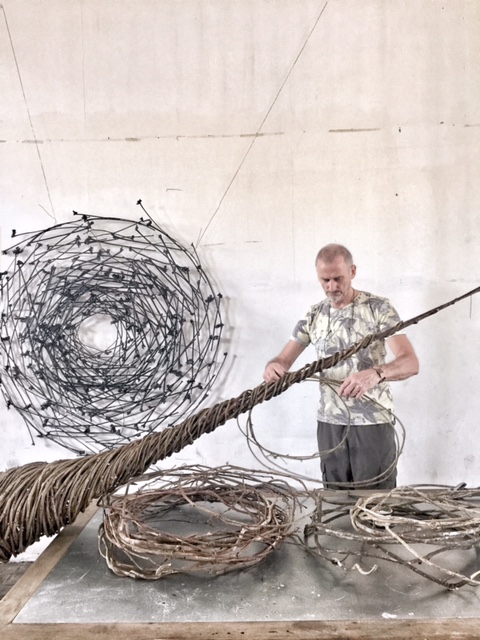
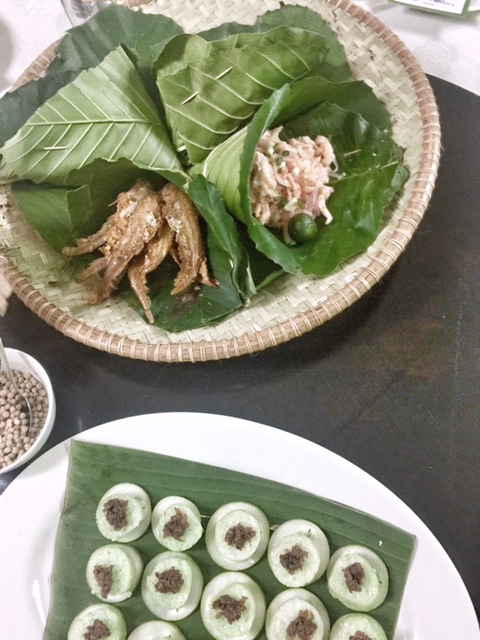
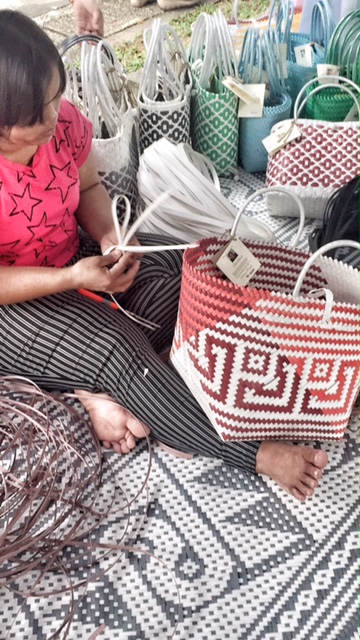
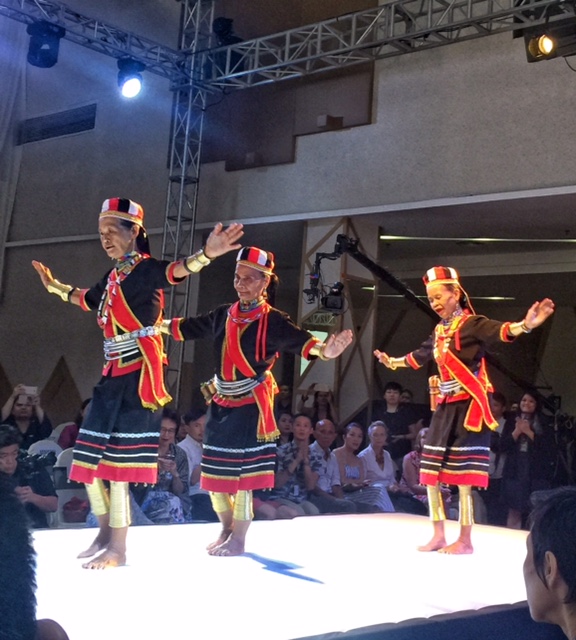
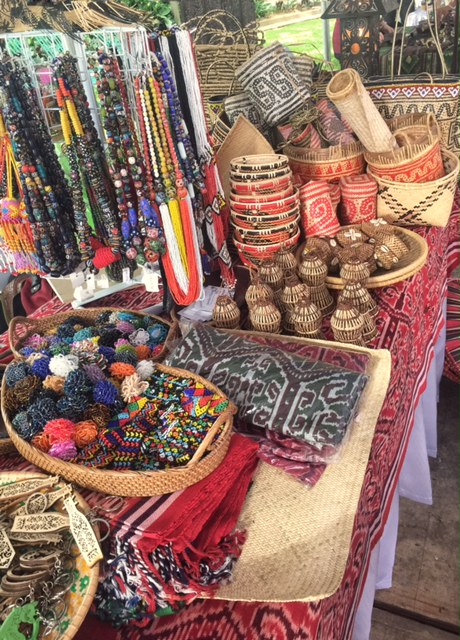
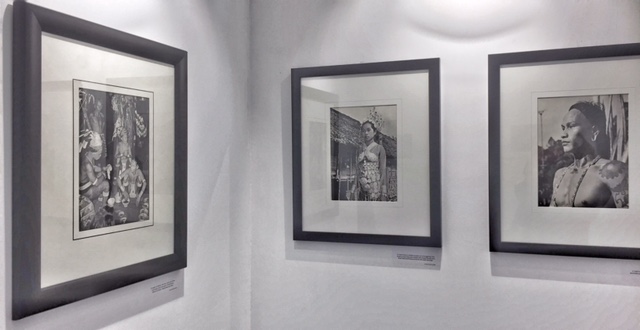
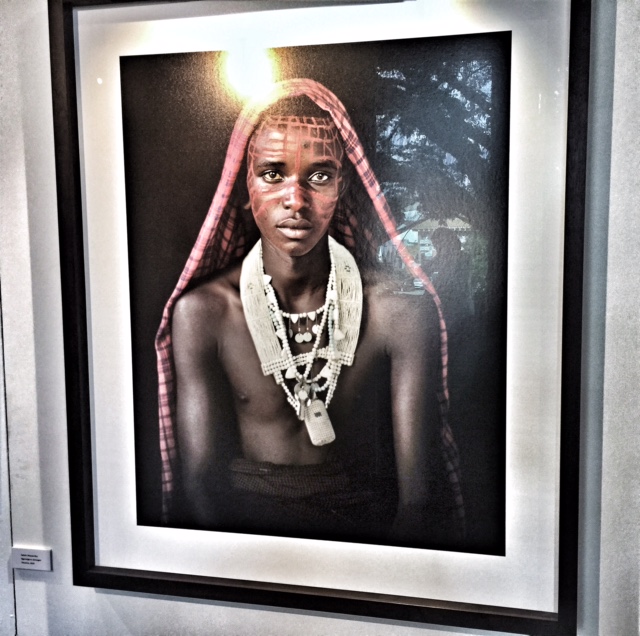

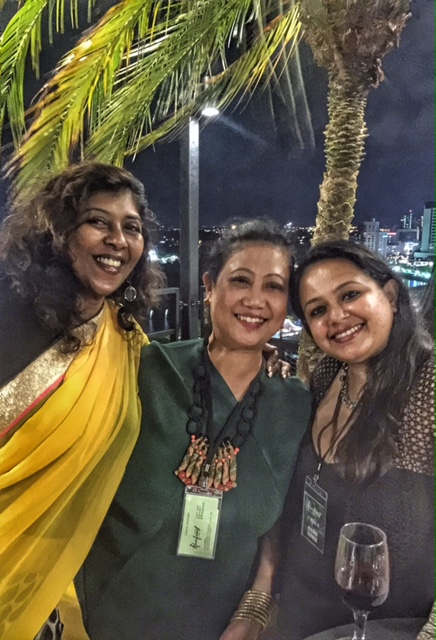

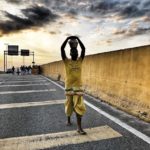
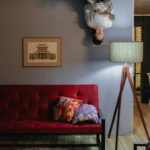
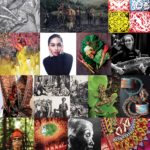


0 Comments